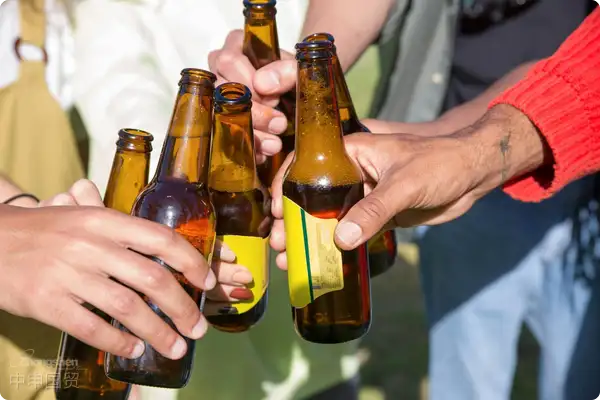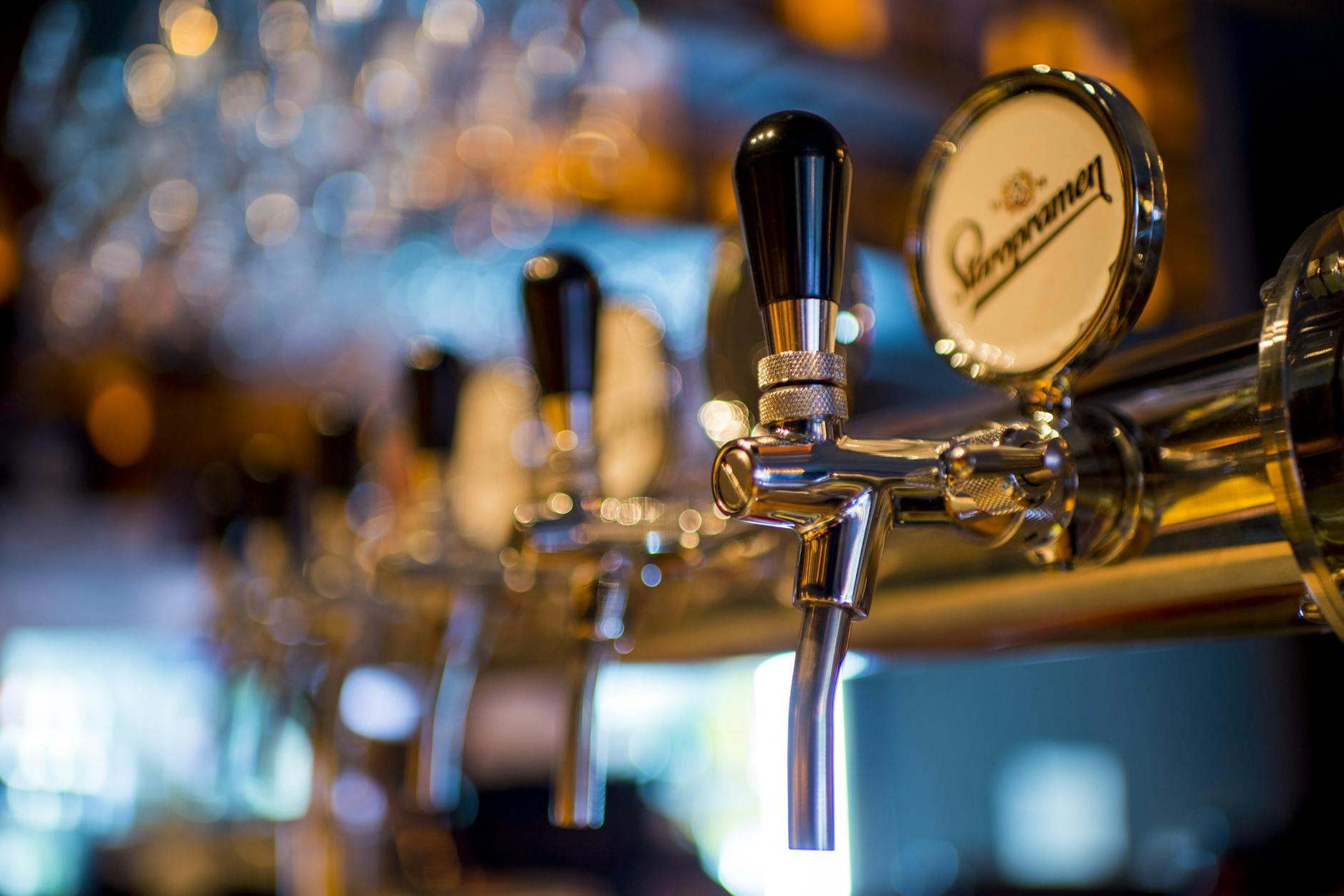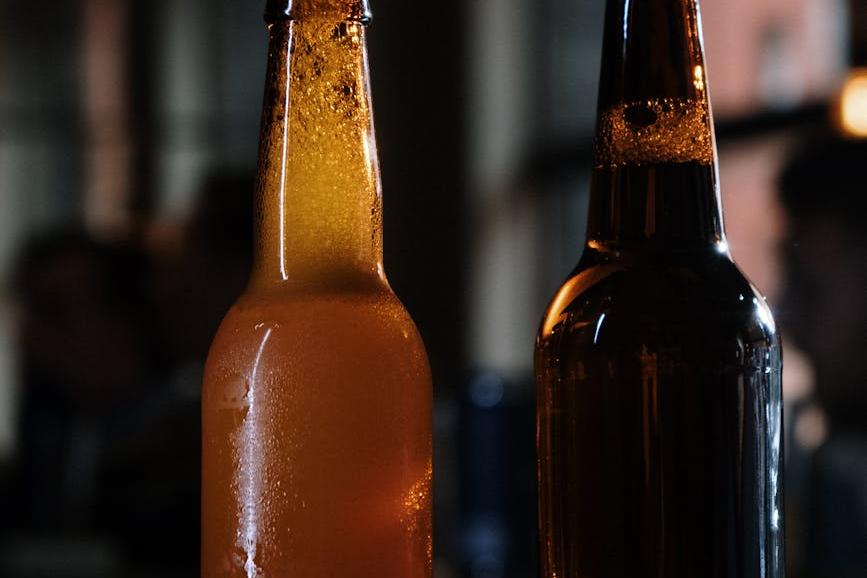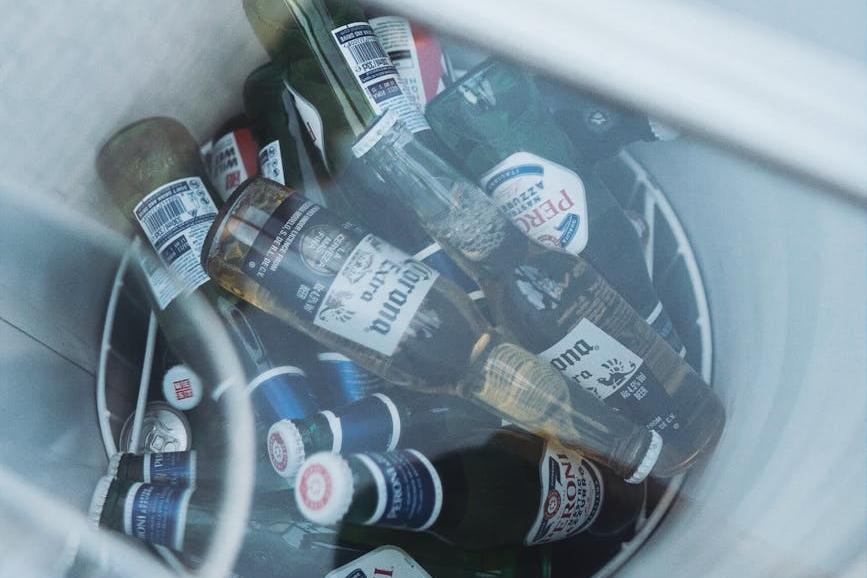- Shanghai Zhongshen International Trade Co., Ltd. - Two decades of trade agency expertise.
- Service Hotline: 139 1787 2118

When craft beer meets customs codes
Last year, a client excitedly imported a batch of Belgian abbey beer, but was required to classify it as alcoholic beverage during customs declaration. This not only increased taxes by 12%, but also missed the best sales period for beer festivals. This case tells us:Customs classification is not wordplay but real cost competition.
First checkpoint: Hidden thresholds of qualification certification
The entry threshold for importing beer is more complex than imagined:
- Three-in-one enterprise qualifications:
- Food distribution license (new cold chain food filing chapter added from 2025)
- import and exportIntellectual property registration certificate
- Alcohol business license
- Butterfly effect of brand authorization chain:
- Original factory authorization letter (requires consular authentication)
- Regional exclusive agency agreement (pay attention to exclusivity clauses)
- Life-or-death timing of hygiene certificates:
- Original hygiene certificate (valid for 120 days after issuance)
- Chinese back label pre-approval system (recommended to prepare 6 weeks in advance)
Second checkpoint: Detail traps in customs declaration
A German beer case where declaring 330ml*24 cans was confused with 24 cans*330ml led to 17-day inspection detention. This lesson reveals three minefields in clearance:
- The art of commodity classification:
- Critical value determination of beer malt degree and alcohol content
- Tax rate differences between craft beer and industrial beer
- Iron rule of document consistency:
- ±5% tolerance between packing list gross weight and bill of lading weight
- Uniform alcohol content labeling units (%vol or ABV)
- Tax calculation tricks:
- Tariff (MFN rate 10%)
- Value - added tax is 13%
- Consumption tax (specific rate: 0.5 yuan/liter)
| Customs clearance method | Time limit | Customs Clearance Stability | Suitable Categories |
|---|---|---|---|
| General Trade | 7-15 days | ★★★ | Bulk industrial beer |
| Cross-border E-commerce | 3-7 days | ★★ | Limited edition craft beers |
The third checkpoint: The secret of temperature control in warehousing and logistics
We have tested the flavor attenuation curves of beer under different transportation conditions:
- The golden rule of constant temperature storage:
- Store at 5-25℃ away from light (exceeding this range will accelerate oxidation)
- Stacking height not exceeding 5 layers (to prevent can deformation)
- Intelligent upgrade of traceability management:
- Two-way traceability between batch numbers and customs declaration numbers
- Temperature monitoring data archived in the cloud
- The capillaries of the distribution network:
- 48-hour delivery coverage in key cities
- Cold chain transit solutions for county-level markets
Sweet troubles after customs clearance
When you successfully import your first batch of goods, the real challenge has just begun: How to establish a dynamic replenishment model? How to balance near-expiry inventory? These follow-up services are the true test of an agency companys professionalism. When choosing a partner, focus on whether they have:
- At least 3 complete sales cycle service cases
- Self-developed supply chain management system
- Emergency plan library for unexpected inspections
Being an imported beer agent is like dancing on a glass walkway—you must maintain grace while precisely avoiding every crack. When you next raise a glass to savor foreign flavors, may these practical experiences help you pay less tuition and discover more business opportunities.
Related Recommendations
Category case
Get in Touch
Email: service@sh-zhongshen.com
Related Recommendations
Contact via WeChat

? 2025. All Rights Reserved. Shanghai ICP No. 2023007705-2  PSB Record: Shanghai No.31011502009912
PSB Record: Shanghai No.31011502009912









